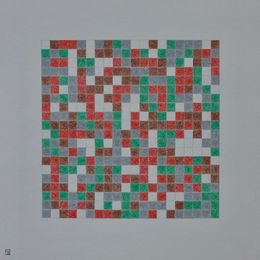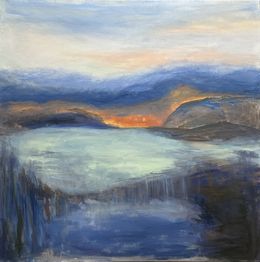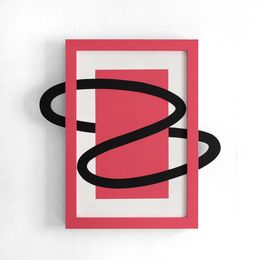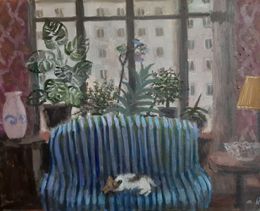
Artists of the 70s: Political Commentary and Abstraction

A period of radical transition, the 70s mark the end of the golden years between World War II and 1975. It ushered in a new economic crisis in the context of social and political upheaval. With their works, famous 70s artists mirroring their time. Eclectic in artistic style and concept, they explored social photography, new photographic frontiers, abstract art and hyperrealistic portraits. Are you ready to discover these influential artists who marked this period in the history of art? Artsper would like to introduce them to you.
70s artists: An unprecedented valorization of photography
Long considered the rejected offspring of academic art, photography experienced an unprecedented valorization in the 1970s, allowing it at last to be valued for its true worth. By very different means, many photographic artists would play the role of pioneers of photography presenting it as a legitimate art form.
Documentary photography with 70s artists
Several famous photographers such as Larry Fink, Jeffrey Silverthorne and Danny Lyon would revolutionize documentary photography. Their portraits have the double entendre of immortalizing reality at a precise time, while treating real facts with artistic vision. They go beyond the stage of narration, offering humanist photography that explores unprecedented artistic creation.

The beauty of banality for 70s artists
Through a very different approach, Lee Friedlander and Bill Owens gave a new breath to art photography. Their singular images paint a diverse and moving picture of everyday American life at the time, highlighting the splendor of banality.

The new frontiers of photographic art
Some of the 70s artists would detach themselves from the story behind the images to focus on the limits of the photographic medium. Thanks to this approach, they shifted the boundaries between art, photography and performance. Through conceptual photography, the works of Marina Abramovic , Ana Mendieta and John Baldessari intertwine collage and documentary with social and artistic protest.

The painting of the 70s: changing winds
Because this period was a big transition, the 70s artists shown a remarkable diversity in terms of styles and technique. The painting of the 70s reveals a heterogeneity which diverges into two distinct poles because. On one extreme, famous painters pushed materialist realism to paroxysm, while on the other, to the edge of total abstraction.
Hyperrealism, a democratic aim
Mixing a realistic approach inherited from the academic past and the criticism of the consumer society denounced by Pop Art, hyperrealist painting invaded the art world. The monumental paintings of Richard Estes are unanimously acclaimed; technically stunning, they seduce the artistic elite as well as the uninitiated. In a very different genre, Alfred Leslie’s immense figurative paintings intrigue as much as they impress. Largely inspired by Caravaggio, his paintings have the dual purpose of being understood by all while also challenging the viewer. Finally, Chuck Close develops figurative realism and imposing dimensions, focusing on faces at a very large scale.

Abstraction, a unique and poetic painting
Fridel Dzubas, Stephen Greene, Jim Dine, Robert Goodnough: These painters of the 70s follow a long practice through artistic studies which are characterized by a totally unique identity. But the painter who would most revolutionize this artistic movement was Lee Krasner, whose path took an unprecedented direction in the early 1970s. Using pure and vivid colors, she began to paint abstract, almost geometric compositions. Through her works of art, she explored new ways of expressing her feelings, with great frankness and remarkable optimism.

A living legacy?
By the end of the “glorious thirty,” with the advent of new means of communication, the first oil crisis and the beginning of an ecological conscience, this decade mixed awareness and political advances. An eclectic artistic universe emerged from this period, crossed by aesthetic dichotomies reflecting the society of the 1970s. Between glorification of banality, democratic hyperrealism and abstract painting, these varied artistic currents may have opened the way to the massive and societal questioning which erupted in the tumultuous 70s.

About Artsper
Founded in 2013, Artsper is an online marketplace for contemporary art. Partnering with 1,800 professional art galleries around the world, it makes discovering and acquiring art accessible to all.
Learn more












